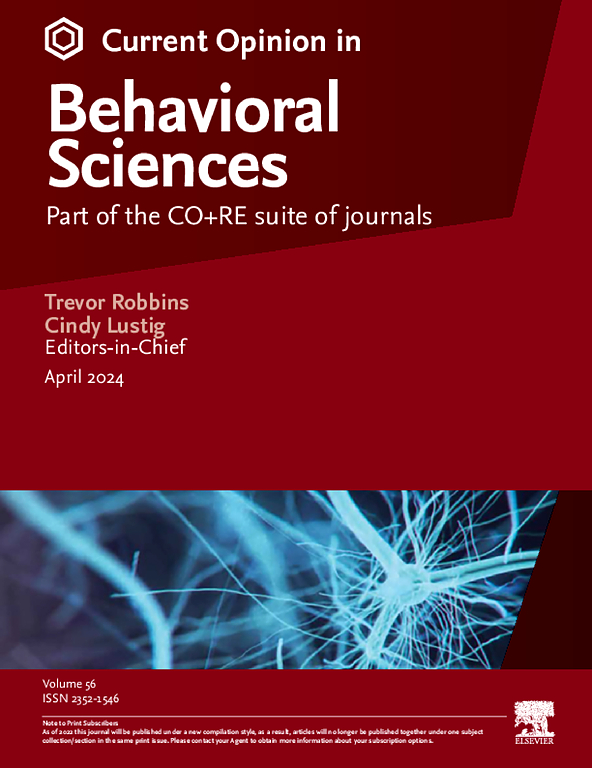面对高温:大黄蜂热应激的行为和分子基础
IF 3.5
2区 心理学
Q1 BEHAVIORAL SCIENCES
引用次数: 0
摘要
气候变化预示着热浪增多的时代即将到来。昆虫由于其较短的繁殖周期和敏感的生态需求,为研究对高温的快速生理和行为反应提供了强有力的模型。独居昆虫对极端温度的主要反应是在空间或时间上移动,以保持在恒定的环境中,或者利用表型可塑性或进化适应。然而,群居昆虫在减轻热应激方面还有一个额外的工具:合作群体行为。在这里,我们特别讨论了大黄蜂(Bombus)如何以社会生活系统缓冲环境挑战的方式为例。我们专注于理解大黄蜂对高温反应的紧迫差距,并提出额外的研究和分析框架,以促进识别热应激的保守行为和神经机制。本文章由计算机程序翻译,如有差异,请以英文原文为准。
Facing the heat: behavioral and molecular underpinnings of heat stress in bumblebees
Climate change heralds an era of increased heat waves. Insects, due to their short generation times and their sensitive ecological requirements, offer a powerful model for studying rapid physiological and behavioral responses to high temperatures. Solitary insects primarily respond to temperature extremes by moving in space or time to remain in a constant environment or by exploiting phenotypic plasticity or evolutionary adaptation. Eusocial insects, however, possess an additional tool in mitigating thermal stress: cooperative group behavior. Here, we discuss how bumblebees (Bombus) in particular exemplify the ways in which social living systems can buffer against environmental challenges. We focus on the urgent gap in understanding bumblebee responses to high heat and propose additional studies and analytic frameworks to facilitate the identification of conserved behavioral and neural mechanisms to heat stress.
求助全文
通过发布文献求助,成功后即可免费获取论文全文。
去求助
来源期刊

Current Opinion in Behavioral Sciences
Neuroscience-Cognitive Neuroscience
CiteScore
10.90
自引率
2.00%
发文量
135
期刊介绍:
Current Opinion in Behavioral Sciences is a systematic, integrative review journal that provides a unique and educational platform for updates on the expanding volume of information published in the field of behavioral sciences.
 求助内容:
求助内容: 应助结果提醒方式:
应助结果提醒方式:


